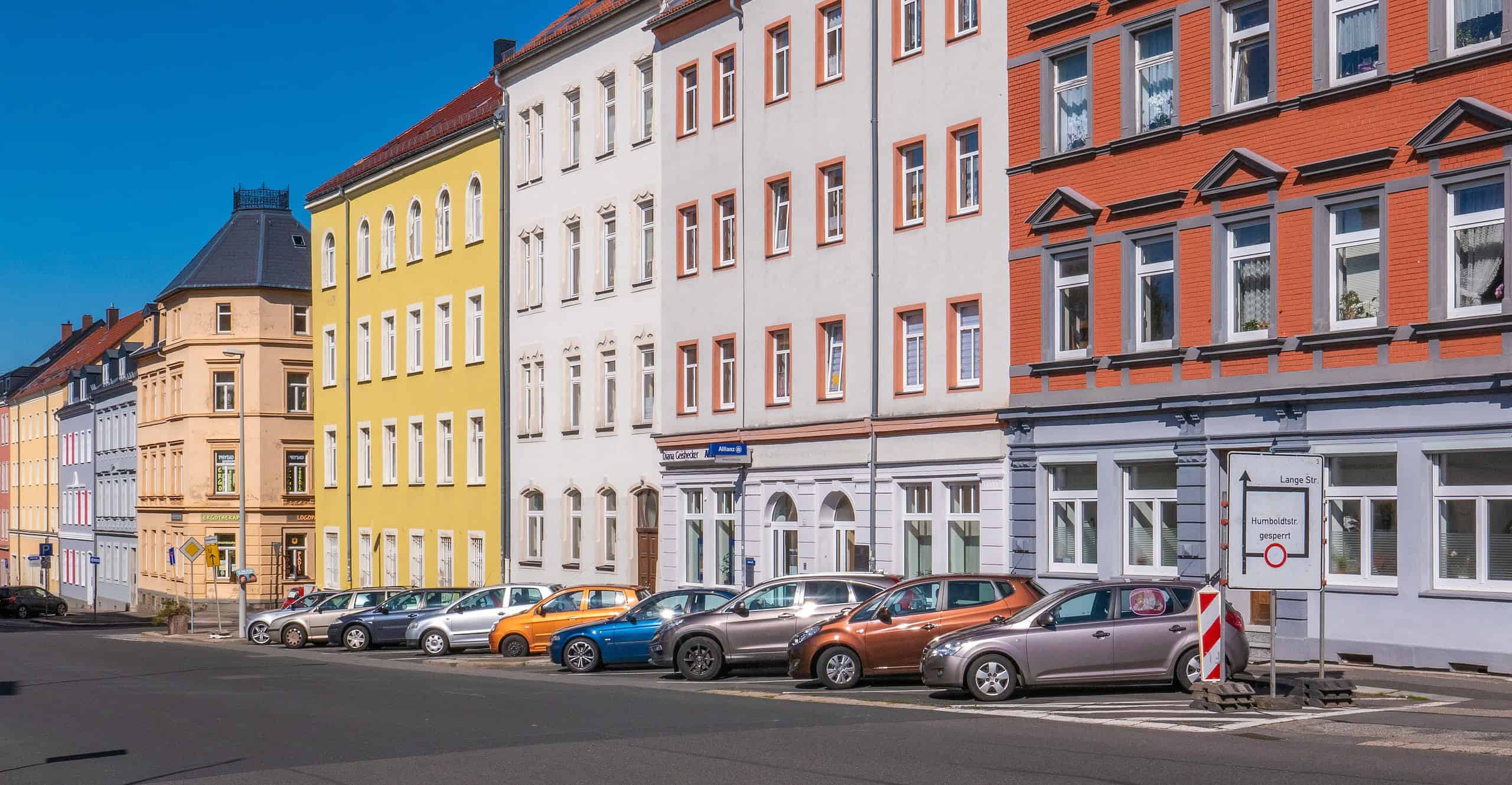One of the key choices every homeowner or property investor has to make is choosing the location for buying real estate. Going either with an urban or rural setting has its pros and cons, which different people may view in a different light. In this article, we’ll dive into the practical aspects of this decision, looking at the opportunities and challenges that come with property investment options.


Rural settings include real property in non-urban or countryside areas. They are usually sparsely populated, mostly cheaper, and with less competitive markets. Still, they’ve been getting more and more attention with the spreading of remote work options. Let’s take a look at the advantages and disadvantages of rural real estate.
| PROS | CONS |
| Lower prices. Rural homes are generally more affordable than urban properties, and the investment threshold is lower. | Maintenance costs. The utility and maintenance costs are higher and the number of service providers is much lower. |
| Development opportunities. Rural houses can be transformed into ranches, country homes, and B&Bs that can bring profits. | Lack of infrastructure. In rural locations, you have to own a car to get to places, unlike in the cities with trains and buses. |
| Safety. The crime level is usually lower in the suburbs and rural locations compared to large cities. | Fewer amenities. Less services available around, less entertainment, schools, and healthcare organizations to choose from. |
Urban areas generally have a denser population and access to different amenities and infrastructure systems. Even with the pandemic and remote jobs, more people live in urban locations (over 57% of the population). Let’s take a look at its advantages and disadvantages.
| PROS | CONS |
| High demand. Cities overall have higher demand and occupancy rates than the suburbs, which means that the objects can be sold and rented out. | Increased costs. City properties are more expensive than rural ones, which makes them less affordable and riskier for investors. |
| Amenities. Developed infrastructure and amenities like schools, clinics, and restaurants attract a lot of people to the cities. | Limited space. In the cities, you get less space for a higher price than in the suburbs, and the parking can be trickier. |
| Income potential. You can always resell or rent out the property and get a higher ROI because of the constant price appreciation. | Health impact. Other potential drawbacks to living in the city are pollution, noise, and a higher crime rate. |
Still, research shows that people are drawn to megacities like New York, Tokyo, Dubai, and Seoul. There are a lot more possibilities for business and networking, a developed public sector, and lots of amenities. Real estate like Dubai properties or Manhattan apartments are among the most sought-after objects.
When it comes to real property investments, the main driver for the decision is the potential Return on Investment rate (ROI). Urban areas often provide quicker returns due to:
Another side of this coin is the substantial risks that come with migration, crime rate, pollution, etc. Still, urban properties can be beneficial for investors looking for a quick gain.
In a rural setting, you won’t get quick and substantial returns. However, it offers more long-term benefits:
Rural properties can bring the best results to long-term investors who want to keep and slowly but steadily increase their capital.
Diversification is an efficient strategy in the investment field. It means investing in different types and classes of commodities instead of choosing just one of them. As for real estate, diversification of rural and urban properties can also be beneficial for investors.
Diversification is a key to a balanced investment portfolio, generating high and steady income, whatever the circumstances.
Sometimes it all comes down to the emotional attachment and personal preferences. Emotions can definitely influence investment decisions, tipping the scale to one side or another. Properties in rural areas might appeal to people tired of fast-paced life, traffic, deadlines, and background noise. They seek a peaceful retreat, calmness, and a slowdown of their life. For such people, suburban homes would be the perfect choice.
Others might want to get the most out of life and its possibilities. They like the big-city rhythms and always look for excitement in their lives. Of course, we can’t totally discard the market analysis and risk evaluation; however, emotional motivation can make the investment more rewarding and fulfilling. A combination of logic and emotions in such a choice can be the best strategy.
Investment of any kind is a complex process requiring a lot of considerations. In choosing between rural and urban property, there is no one-size-fits-all answer. You have to consider market factors, potential ROI, and income, as well as your financial goals and even personal preferences. Diversification can also be a beneficial strategy to mitigate risks and ensure steady income. You should always weigh all the pros and cons to make an informed decision that will bring you the best results and a sense of fulfillment.
This website uses cookies.